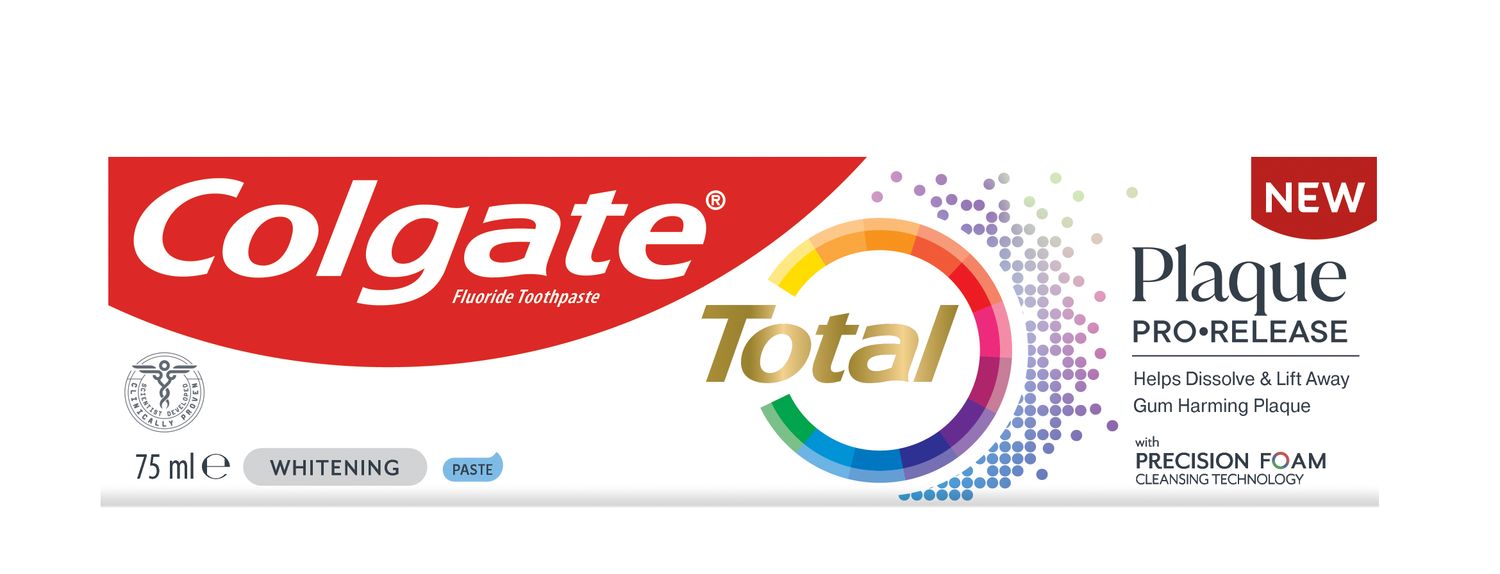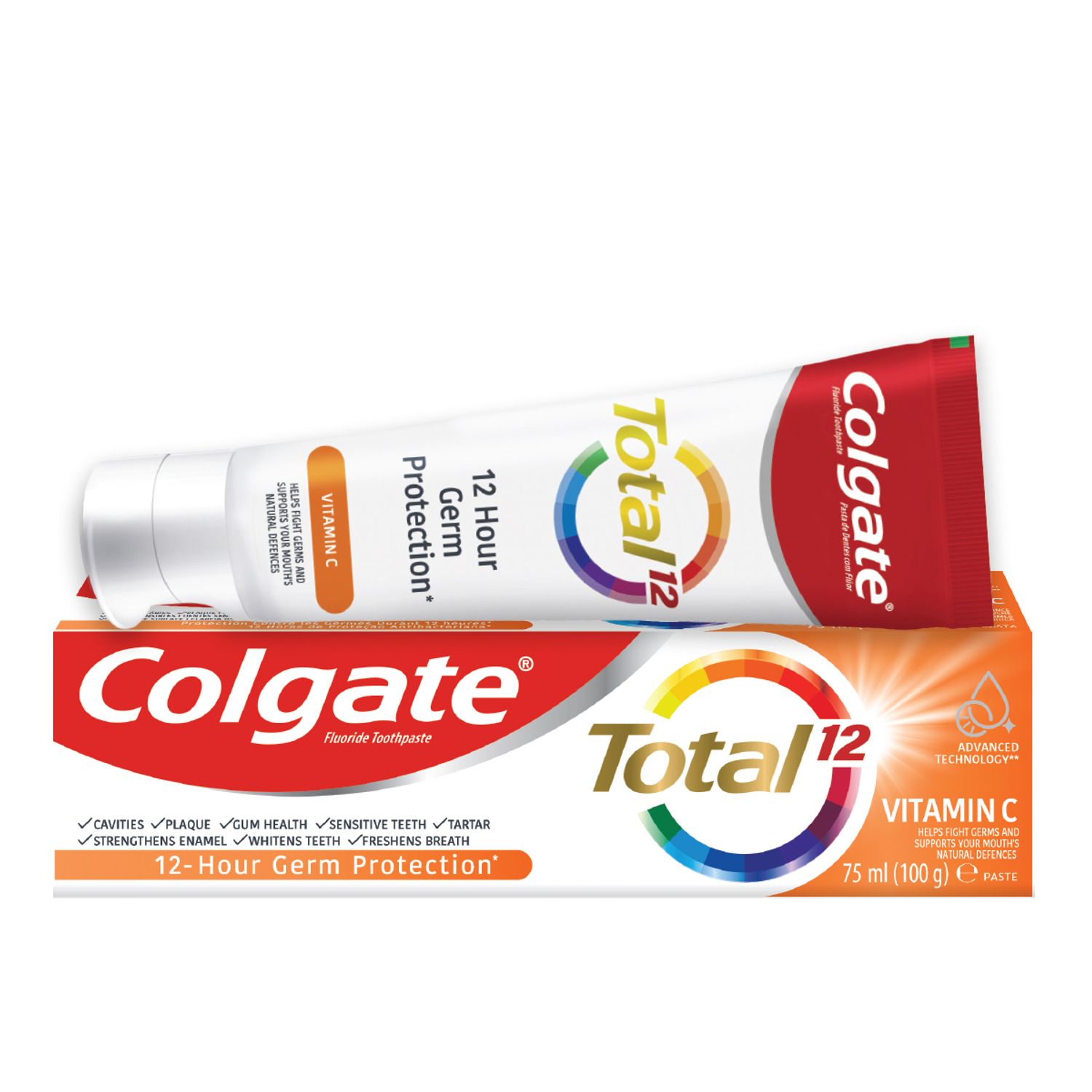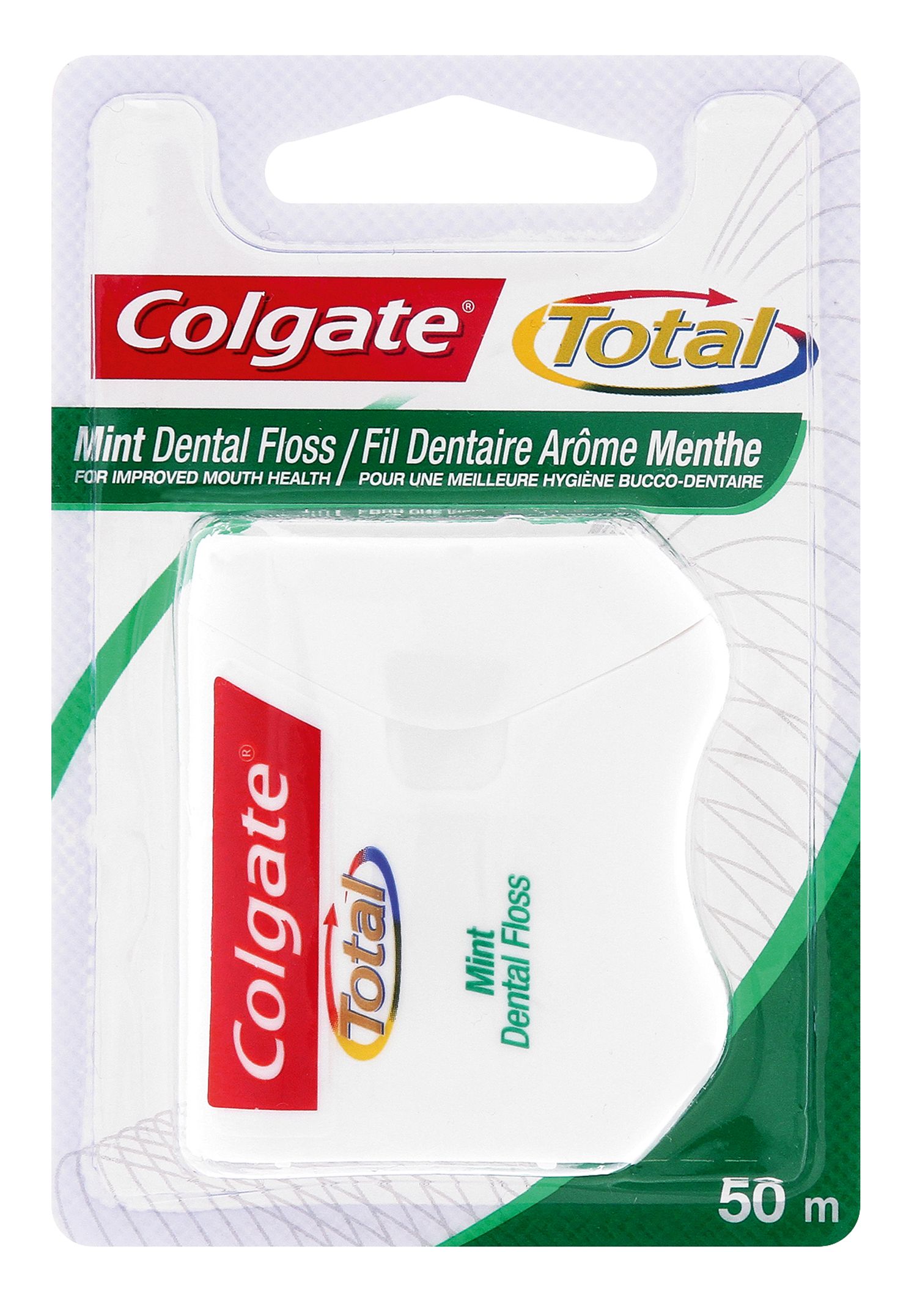What Is It?
Plaque is a sticky biofilm that develops on teeth as a result of the organisms that naturally live in the mouth. And as scary as it sounds, it happens to everyone. If you have to deal with plaque, what you do about it determines how healthy your teeth and gums are. When left alone, plaque on teeth turns into tartar and can increase your risk for cavities or gum disease.
What Causes Plaque on Teeth
Your mouth contains a lot of organisms that collect on the surfaces of your teeth and creates this sticky biofilm bacterial film, which often starts at the gumline. The development of plaque is completely normal and, to most dentists, to be expected. It's when the organisms mixes with sugar and produces acids that a problem develops. If you eat a lot of sugary or sweet foods – or those that contain a lot of simple carbohydrates – the organisms in your mouth actually feed on these sugars if you let them linger on the surface of your teeth. These organisms cause gum problems and tooth decay when they are not removed through good oral health practice.
Why You Should Care About It
Tooth decay and cavities are the first two problems that can occur if plaque on teeth is left to build up. Acids that wear away your teeth's enamel lead to tooth decay, and if these acids aren't cleaned off, they can continue through the dentin to the pulp of the tooth. Ignoring this plaque can eventually lead to the development of an abscess or bacterial infection inside the teeth, and when it is undisturbed, it can cause oral problems and gingivitis. Detering the formation of cavities or an abscess is simple, but it starts with good oral health practices on a daily basis.
If you don't brush or floss regularly, plaque can also harden into tartar – which doesn't need much time to form. Tartar can develop in just a day if you forget to brush, and although plaque isn't usually visible on the teeth, tartar does stain and turn brown or yellow. Along with being aesthetically unpleasant, tartar can irritate your gums, leading to other gum problems. It's also a lot more difficult to remove than plaque, as brushing and flossing alone won't take it off. You'll need to see a dentist to remove any tartar buildup.
Treating Plaque on Teeth
You can't keep plaque from forming, but you can be proactive about removing it to help avoid any negative effects and minimize the resulting tartar. Brushing your teeth twice a day using a fluoride toothpaste n which the fluoride formula will help to strengthen the teeth help prevent cavities – as well as flossing at least once a day to get to the areas in between the teeth – will help reduce the buildup of plaque before it turns to tartar and it's out of your hands. Limiting the amount of sugary foods you eat can also help you take control by keeping your mouth's natural organisms bacteria at an optimal level.
Visit your dental hygienist or dentist regularly for cleanings, normally after every 6 months. If certain risk factors such as smoking, taking particular medications and a dry mouth increase the possibility of getting dental plaque, you may require frequent professional cleaning. Yearly dental X-rays can assist in identifying ailments which are not visible through dental examination. In addition, you should monitor any changes in your dental wellbeing.
If you're worried about plaque or tartar building up on your teeth, seeing a dentist on a regular basis is crucial. Your dental professional can scrape away the tartar you can't remove yourself and inspect for signs of cavities or gum problems. You can help minimize all the damage done by plaque at home, so working with your dental professionals can help make your mouth as healthy as you deserve it to be.














